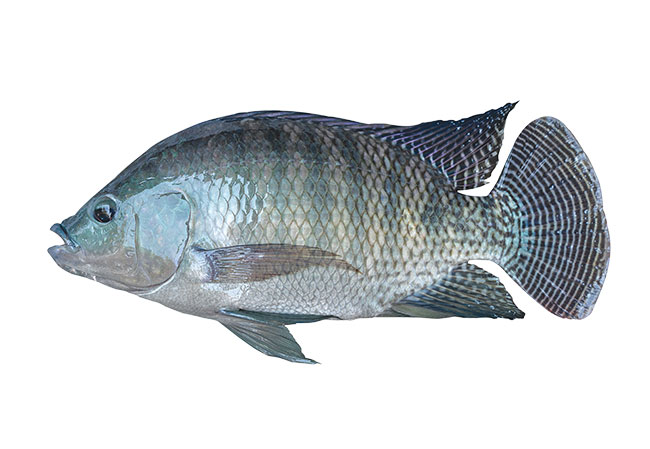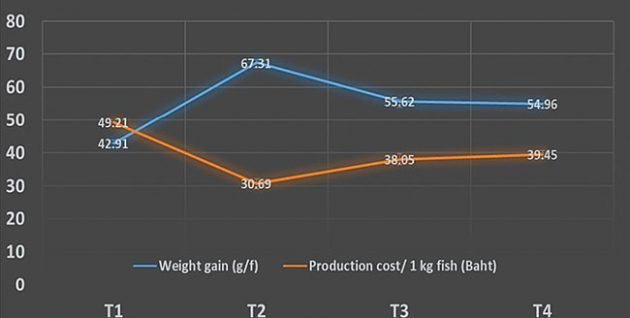
Features
Fish Nutrition
Research
Thai researchers’ feeding regime results in low production cost, high flesh yield in Nile tilapia
February 19, 2021 By Ruby Gonzalez
 Photo: © supia / Adobe Stock
Photo: © supia / Adobe Stock A research team in Thailand says it can decrease the production cost of Nile tilapia while also incresing yield.
According to a new study, this can be achieved by an every-other-day feeding regimen. Among four treatments, this diet produced the highest percentage of edible flesh, growth performance and protein utilization.
The right confluence of factors triggered the compensatory growth (CG) response, said Dr. Rungkan Klahan, the corresponding author of “The evaluation of growth performance, feed utilization and flesh quality of Nile tilapia (Oreochromis niloticus) fed with different feeding regime”.
“CG is a phase of accelerated growth when conditions are restored after a period of growth depression from the starvation or receiving the malnutrition feed,” explained Klahan, assistant professor at the Aquaculture Faculty of Agricultural Technology at Phetchaburi Rajabhat University.
“At the optimal nutritional and period from feeding, fish will show the great response of feed utilization and growth performance. On the other hand, if it is not balanced or suitable to nutrition and period, the compensatory growth will not appear.”
The decrease in feeds volume resulted in a 33 per cent cut in production cost.
Fish with initial weight of about 18 grams were cultured for three months in net cages in an earth pond. Malnutrition feeding was used on the first month, followed by the every-other-day starvation feeding regime for two months.
Monosex male Nile tilapia fingerlings were cultured in net cage on earth ponds.

Growth rate and production cost of red tilapia with different feeding programs
Feeding programs: T1 – twice a day; T2 – every other day; T3 – twice a day with weekly switch to every other day feeding; and T4 – twice a day with weekly switch to half of the twice a day meal. image: Yuangsoi et al
All four treatments had the same diet on the first month: 18 per cent protein supplemented with five percent protein concentrate (35 per cent protein). During the second and third months, protein was reduced to 32 per cent.
Control (T1) was fed twice a day; T2 every other day; T3 twice a day per week and switching to every other day per week; and T4 twice a day per week and switching to half of meal twice a day per week.
“Percentage of edible flesh of T2 was highest (P<0.05). But proximate analysis of fish flesh of each groups were close (P>0.05). Thus, the appropriate protein and feeding management for Nile tilapia culture is important and necessary for high growth performance and cost-effectiveness,” Klahan and his team cited in the abstract.
“The perfect protein and feeding regime have no negative effect on fish health and flesh quality in fish fed with 18 per cent protein supplemented with five per cent protein concentrate only first month and followed with 32 per cent protein feed and feeding every other day.”
The study was presented at the virtual 7th Conference on Fisheries and Aquaculture in November 2020 inThailand.
Print this page
Advertisement
- Orkney facility hatches first batch of European clawed lobsters
- Scholarship opportunity for women in aquaculture





